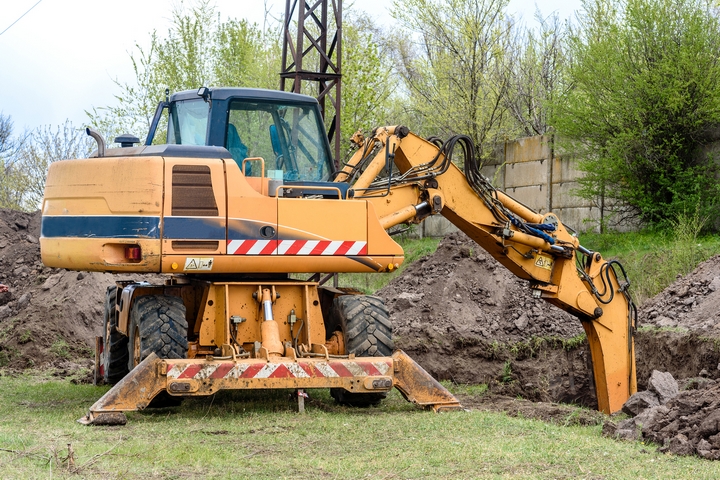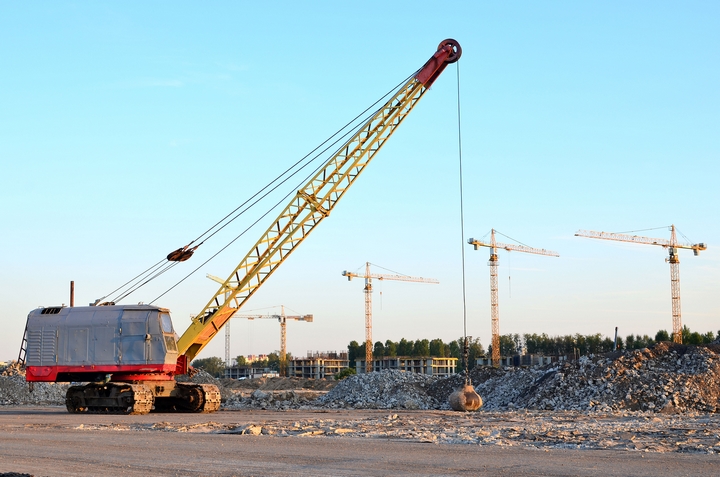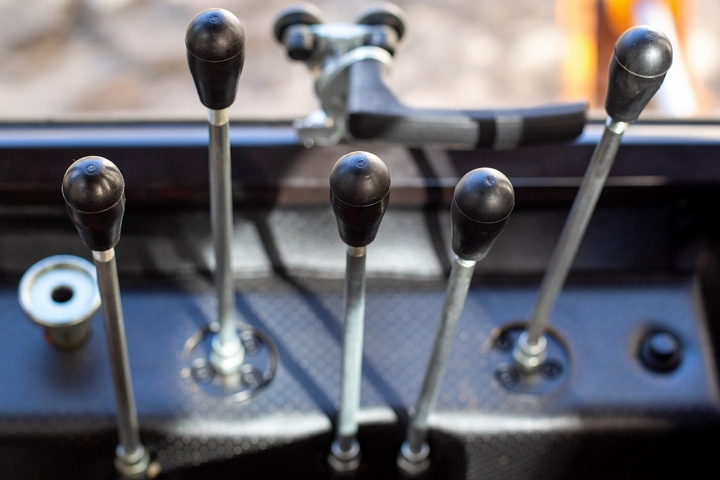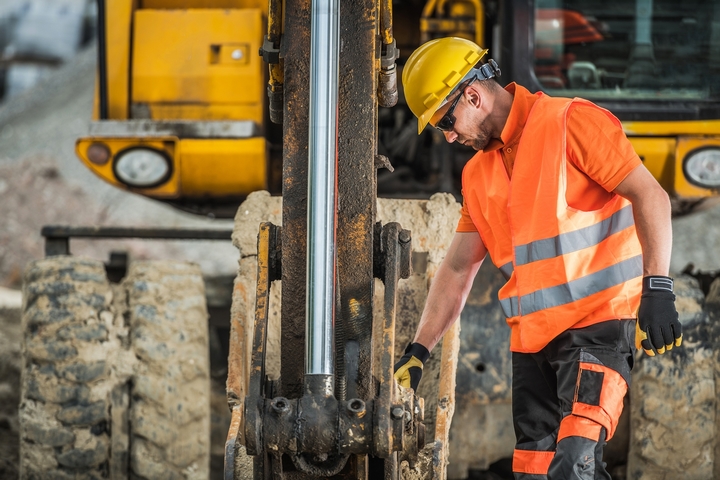When it comes to completing heavy duty projects, you’ll most likely require a proportionate helping hand. Depending on the specific industry, there are a myriad of tools and vehicles to be used for getting the job done. Perhaps the most common type of equipment to be found on-site are excavators, which come in varying uses.
Excavating is, for obvious reasons, an extremely risky job. There are a plethora of concerns and factors to consider, even before operating the actual vehicle. However, with enough proficiency attested to each operator, safety doesn’t have to falter.
No construction project will be one hundred percent safe all of the time. However, excavators come with built-in safety features, in order to guarantee the most amount of efficiency and safety. As long as the features of the vehicle are well known, an excavator will be able to do its job thoroughly. Just be sure to have a committed operator behind the wheel, and each job can be finished without fear of accident.
When you are operating this piece of machinery, keep in mind of these six important safety features of an excavator:
1. Excavator Vehicle Inspection

Before operation within a vehicle even begins, it is paramount to determine whether or not the vehicle is actually set to be used. This means conducting a thorough inspection of all basic components of the excavator first and foremost. Beginning with the most prominent safety mechanisms is usually required.
Take a look at the respective vehicle’s lights, horns, and glass. In addition, ensure that wipers are working and any relevant shields or guards are not broken. By doing this, you prevent any unwarranted accidents from occurring, even with an excavator’s built-in security features.
2. Excavator Track Optimization

Another important safety feature of excavator is the track optimization. The most common construction projects and heavy duty jobs will be conducted on a solid terrain. This excavator attachment allows for the machinery to traverse relatively easily, due in part to the safety mechanisms in the tracks. However, sometimes terrain may not be as clear-cut as its asphalt counterparts.
If you attempt to use an excavator on an incline or decline, and especially on rugged terrain, it may cause a fault in the tracks. Each excavator’s tracks were designed to promote the most efficiency, but are still liable to inefficiencies. Use caution during uphill or downhill travel, and the tracks will still promote a level sense of safety.
3. Environmental Concerns

Although the actual ground may be of slight concern to an excavator’s ability to travel, the actual environment is just as important. Take into consideration the locality of the field of operations. There are various factors that could impact the excavator’s efficiency, even if it was designed with the utmost security in mind.
For example, hidden electrical lines may cause severe damage if they are travelled over. This can compromise the entirety of the vehicle, as well as put the operator in a very precarious position. Safety of the vehicle is critical, but consider other, environmental dangers as well before use.
4. Lock Pin

One of the foremost important features of any excavator is its safety lock pin. When attachments have to be changed to the vehicle, a lock pin will ensure that the excavator remains in place for the duration of change. This allows for complete safety, as any excavator in motion can be the cause for concern.
In addition, most lock pins also come with several other safety features for the overall vehicle. They provide the operator with reassurance, especially when attachments are in a locked position. For all intents and purposes, having a lock pin is vital, when the inevitable changing of attachments has to occur!
5. Excavator Load Limit

For maximum effectiveness, and for overall safety, each excavator will come built with a load limit. This entails that the vehicle can only lift an approximate number of loads, during its usage. Be careful not to supersede this limit, as this can cause detrimental issues within the machine’s overall structure.
Most excavators come with a bucket installed on the machine, that is used for lifting various loads. If a bucket begins to tip forwards, it is a clear sign of the vehicle lifting too much for its own good. As an operator, always ensure that you lift within its limit, to promote overall safety.
6. The Excavator Operator

Excavators can come built with all the predetermined safety features in the world, to carry out operations. However the most important safety feature is the operator themselves. Since they are not automated, an expert operator must know how to control the machine in risky circumstances.
All components must be paid attention to, along with ancillary safety protocols being adhered to. Not knowing these before an operation puts the entire team and job at risk. As long as there is a knowledgeable person behind the wheel, safety will not be at the forefront of everyone’s minds.




